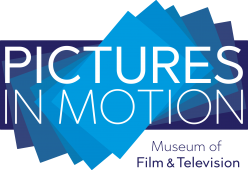THE WOMEN WHO MADE AUSTRALIAN TV PART 1
BY JEANNINE BAKER
This is the first part of a 5-part series, The Women Who Made Australian Television, written and curated by Dr Jeannine Baker, media historian and Honorary Fellow in the Faculty of Arts, Social Sciences and Humanities, University of Wollongong. This series was made possible with the generous support of the Media Studies Commission of FIAT/IFTA, the National Film and Sound Archive of Australia, Seven Network, Nine Network, Network 10, and the Australian Broadcasting Corporation – Library Sales.
This is the first article on women’s contribution to early Australian television production.
THE WOMEN WHO MADE AUSTRALIAN TV PART 1
Australia’s earliest television broadcasts are usually depicted as all-male affairs, and the ‘first face’ of Australian television is generally understood to be TCN9 Sydney’s Bruce Gyngell, who said ‘Welcome to television’ on 16 September 1956. But the story is more complicated. Although women are largely invisible in the public record, they were vital to the efficient running of stations, and for getting the first programs to air.
Albert Moran argues that there was no ‘neat, clean beginning’ for Australian television, but a ‘series of beginnings’ as television progressed from experimental transmissions for a select audience in Sydney and Melbourne, to widespread availability in all capital cities and regional areas. An alternative contender for the ‘first face’ of television is Blue Ribbon Westinghouse Chef Zina Chaplin, who conducted a televised cooking demonstration in David Jones’s Sydney store in July 1956.
To read please follow the link
https://www.nfsa.gov.au/latest/women-who-made-australian-television-1-beginnings-television
